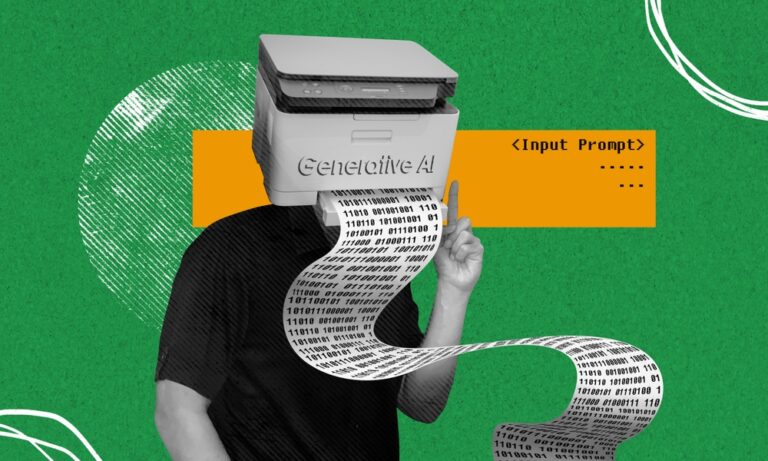
How Generative AI is Revolutionising Art and Design
What impact is generative AI having on the art and design world? Discover the transformative power of AI technologies. Join us in exploring the cutting-edge developments shaping the future of creativity.
Generative AI has become a pivotal force in the art and design landscape. It is redefining the way artists and designers approach their crafts, offering new tools and possibilities that were previously unimaginable. With the ability to produce novel patterns, designs, and artworks, generative AI is a catalyst for innovation and creativity.
Redefining Creativity
Generative AI is pushing the boundaries of creativity by providing artists and designers with new ways to generate ideas and visuals. This technology uses algorithms to create unique pieces that can either stand alone as works of art or be integrated into larger projects. The result is a blend of human creativity and machine efficiency.
One of the most significant advantages of generative AI is its ability to produce a vast range of creative outputs. Artists can utilise this tool to explore different styles and compositions quickly, allowing for more experimentation and innovation in their work.
Some of the key creative applications of generative AI include:
- Generating original artwork that challenges traditional artistic boundaries.
- Designing virtual environments and simulations for video games and movies.
- Creating automated content for digital marketing and advertising.
Enhancing Design Processes
In the realm of design, generative AI is streamlining processes and enhancing productivity. Designers can now automate repetitive tasks and focus more on conceptualisation and refinement. This technological advancement is particularly beneficial in design sectors such as architecture, fashion, and product design.
AI-driven tools assist designers in creating complex structures and innovative designs that were once thought impossible. For instance, architects can generate various structural models and optimise them for functionality and aesthetics, while fashion designers can experiment with patterns and textiles.
With generative AI, designers can achieve:
- Increased efficiency in prototype development and testing.
- Greater flexibility in adapting designs to specific client needs.
- Enhanced ability to forecast design trends and consumer preferences.
Impact on the Future of Art and Design
As generative AI continues to evolve, its influence on the art and design sectors will only grow. This technology is creating new opportunities for collaboration between humans and machines, leading to groundbreaking innovations and creative expressions. The future of art and design is one where AI and human talent work hand in hand to push the limits of what’s possible.
Artists and designers who embrace generative AI are at the forefront of this revolution. They are not only expanding the boundaries of their respective fields but also redefining what it means to be creative in the digital age. The integration of AI into art and design is not just a trend; it’s a transformative shift that will leave a lasting impact on the industry.
As we move forward, generative AI will continue to play a crucial role in shaping the future of art and design, opening up new possibilities and redefining the creative process.
Sources:
1. Art in the Age of AI
2. The Creative AI Lab